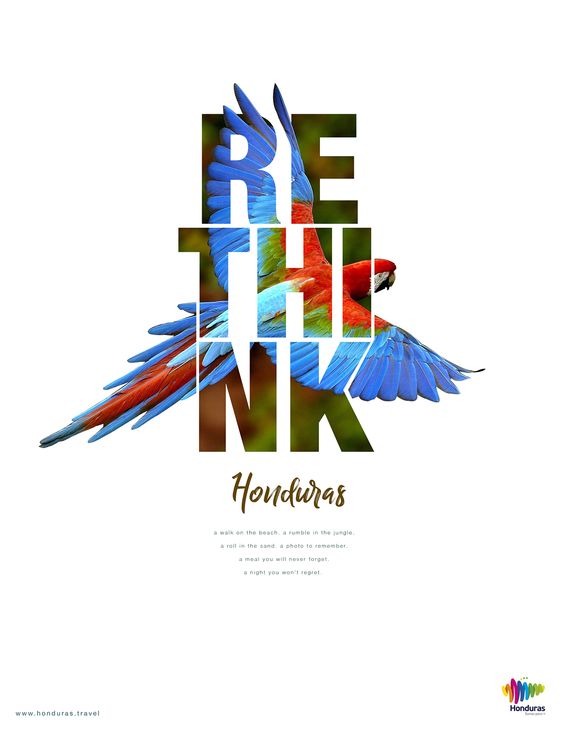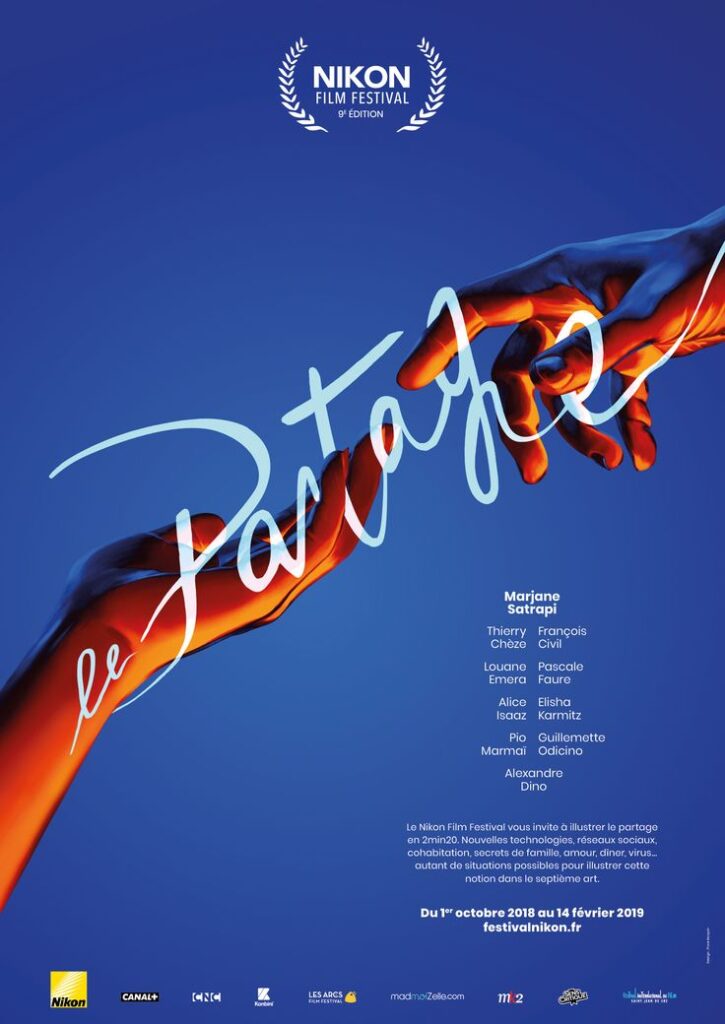In today’s fast-paced digital landscape, businesses are constantly seeking innovative ways to stay ahead of the competition. One powerful tool that has emerged to businesses in their marketing efforts is graphic generators. These sophisticated tools leverage the capabilities of artificial intelligence to create stunning visuals that capture attention, tell a story, and engage audiences. In this article, we will delve into the world of graphic generators and explore how you can utilize them to elevate your business.
In a world saturated with information, visuals have become a vital component of effective communication. graphic generators offer a revolutionary approach to creating visually appealing content that resonates with audiences across various platforms.

Contents
- 1 2. Understanding AI Graphic Generators
- 2 3. Benefits for Business
- 3 4. Choosing the Right AI Graphic Generator
- 4 5. Integrating AI Graphics into Your Marketing Strategy
- 5 6. Creating Custom Visual Branding
- 6 7. Enhancing Social Media Engagement
- 7 8. Designing Eye-Catching Advertisements
- 8 9. Transforming Data into Infographics
- 9 10. AI Graphics in Website Design
- 10 11. Maintaining a Human Touch
- 11 12. Measuring and Adapting
- 12 13. Overcoming Challenges
- 13 14. Future Trends in AI Graphics
- 14 15. Conclusion
- 15 How do you use AI drawing generator?
- 16 How do you integrate AI into a business?
- 17 How AI can improve business?
- 18 What should I put in my AI art generator?
2. Understanding AI Graphic Generators
graphic generators are software applications that employ artificial intelligence algorithms to produce graphics, illustrations, and designs autonomously. These generators can synthesize elements such as color schemes, typography, imagery, and layouts to create captivating visuals.
3. Benefits for Business
Utilizing I graphic generators brings several benefits for businesses. These include time efficiency, cost savings, scalability, and the ability to maintain a consistent visual identity.
4. Choosing the Right AI Graphic Generator
When selecting an graphic generator, consider factors such as the tool’s versatility, ease of use, avalable features, and integration capabilities with your existing systems.
5. Integrating AI Graphics into Your Marketing Strategy
Incorporate -generated graphics into your marketing campaigns to increase audience engagement and brand recall. Whether it’s social media posts, blog content, or advertisements, graphics can enhance the visual appeal and effectiveness of your messaging.

6. Creating Custom Visual Branding
graphic generators allow you to create a unique visual brand identity that aligns with your business values. Customize colors, fonts, and imagery to establish a consistent and memorable brand image.
7. Enhancing Social Media Engagement
Social media platforms thrive on captivating visuals. -generated graphics can help you create thumb-stopping content that encourages likes, shares, and comments, driving higher engagement rates.
8. Designing Eye-Catching Advertisements
In the competitive world of advertising, standing out is crucial. graphics enable you to design eye-catching advertisements that resonate with your target audience and leave a lasting impression.

9. Transforming Data into Infographics
Complex data can be daunting to understand, but graphic generators can turn intricate information into visually comprehensible infographics. These infographics can effectively convey insights to your audience.
10. AI Graphics in Website Design
Elevate your website’s aesthetics with -generated graphics. These graphics can enhance the user experience, guide visitors through the site, and highlight key information.
11. Maintaining a Human Touch
While graphic generators provide automation, it’s important to infuse a human touch into the designs. Review and adjust generated visuals to ensure they align with your brand’s personality.

12. Measuring and Adapting
Track the performance of -generated graphics by analyzing metrics such as engagement rates, click-through rates, and conversion rates. Use these insights to refine your future graphics.
13. Overcoming Challenges
While graphic generators offer immense potential, they also come with challenges like maintaining originality and avoiding generic designs. Overcome these challenges by providing creative direction and refining outputs.

14. Future Trends in AI Graphics
The field of graphics is rapidly evolving. Anticipate trends such as real-time design collaboration, enhanced integration with augmented reality, and even more personalized visual experiences.
15. Conclusion
Agraphic generators have transformed the way businesses approach visual content creation. By leveraging these tools, you can unlock new levels of creativity, efficiency, and engagement in your marketing endeavors.
How do you use AI drawing generator?
Using an drawing generator is a relatively straightforward process:
- Select a Tool: Choose an drawing generator tool or software that suits your needs. There are various options available online, each with its unique features and capabilities.
- Input Your Preferences: Most AI drawing generators allow you to input your preferences, such as the style of art you want, color schemes, and any specific elements you’d like to include.
- Generate Art: After providing your preferences, the AI will process the information and create a drawing or artwork based on your inputs. This might take a few moments, depending on the complexity of the art.
- Review and Edit: Once the AI generates the art, you can review the output. If needed, you can make manual adjustments to fine-tune the artwork to your liking.
- Download and Use: Once you’re satisfied with the generated art, you can download it and use it for your desired purposes, whether it’s for personal projects, marketing materials, or other creative endeavors.

How do you integrate AI into a business?
Integrating into a business involves several steps:
- Identify Opportunities: Determine areas within your business operations that can benefit from technologies. This could be anything from customer service to data analysis.
- Select the Right Solution: Choose tools or platforms that align with your business needs. For instance, if you’re looking to enhance customer support, consider chatbots or virtual assistants.
- Data Collection: thrives on data. Gather relevant data from your business processes to train and optimize algorithms effectively.
- Implementation: Integrate the selected solution into your existing systems. This may involve working with IT professionals or software developers.
- Training and Testing: Train the using your collected data and continuously test its performance to ensure it’s delivering accurate results.
- Monitor and Refine: Regularly monitor how the I is performing. Analyze its outputs and make necessary adjustments to improve its efficiency and accuracy.
- Employee Training: Provide training to your employees to effectively use and understand the systems. It’s essential for them to collaborate seamlessly with tools.
- Scale Gradually: Start with a pilot project to understand the impact of on your business. Once you see positive results, gradually expand integration to other areas.

How AI can improve business?
AI can bring several improvements to businesses:
- Efficiency: can automate repetitive tasks, reducing manual labor and improving operational efficiency.
- Data Analysis: can analyze vast amounts of data quickly, extracting valuable insights that can inform better decision-making.
- Personalization: can help businesses personalize their offerings based on customer preferences and behaviors, enhancing customer satisfaction.
- Customer Service: -powered chatbots and virtual assistants can provide round-the-clock customer support, addressing queries and issues promptly.
- Predictive Analytics: algorithms can predict trends and market changes, enabling businesses to proactively adjust their strategies.
- Cost Savings: Automation through can lead to significant cost savings in the long run.
- Innovation: can assist in generating new ideas, designs, and solutions, fostering innovation within the organization.
What should I put in my AI art generator?
When using an art generator, consider these inputs:
- Style: Specify the artistic style you’re looking for. This could be anything from abstract to realistic, impressionistic to modern.
- Colors: Indicate the color palette you’d like the artwork to use. This helps in aligning the artwork with your branding or preferences.
- Theme or Subject: Provide a theme or subject for the artwork. It could be nature, technology, animals, or any concept you have in mind.
- Mood or Emotion: Describe the mood or emotion you want the artwork to convey. This helps in creating art that resonates with the intended audience.
- Elements: If there are specific elements you want in the artwork, such as certain objects or shapes, mention them to guide the I.
- Level of Detail: Specify how detailed you want the artwork to be. This can help you achieve the desired level of complexity.
- Inspiration: If you have examples of existing art that you like, share them as references. This gives the a better understanding of your preferences.
Remember that while can generate art based on your inputs, the final result might require some manual adjustments to achieve perfection.
Feel free to experiment and iterate with your inputs to see how different variations of -generated art match your creative vision.




